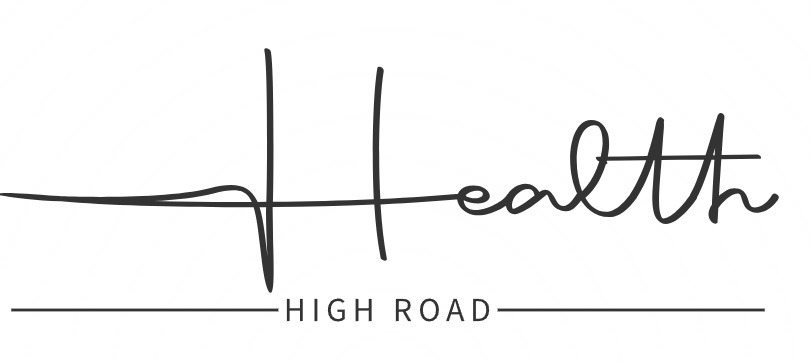You might be concerned about the possible side effects of getting the booster shot but, according to the Centers for Disease Control and Prevention, there is no reason to worry.
This is because, apparently, when compared to the original inoculation, the third vaccination (or second in the case of the Johnson & Johnson vaccine) should be a much smoother experience.
In a White House briefing yesterday, CDC director Dr. Rochelle Walensky, stated that “People had fewer reactions after their third dose than after their second dose.”
This update comes after, last week, the CDC and the U.S. Food and Drug Administration gave the green light to all adults to get the booster shot 6 months after their second dose of an mRNA vaccine and 2 months after receiving their Johnson & Johnson single shot.
If you are someone who experienced some side effects following your original vaccination, chances are you will experience very similar ones after the booster as well, but to a less severe level.
The CDC says the booster side effects are categorized as “mild to moderate” as opposed to the “intense” ones people tend to have after the second shot.
This is because the first two doses have provided your immune system with a blueprint for fighting COVID-19 already.
All the booster shot does is give your body a bit more practice with creating a strong defense against the virus.
The most common side effects regardless of the booster are pretty much the same ones you’ve heard of before: fatigue, headaches, chills, nausea, fever, muscle pain and, of course, achiness and swelling around the injection site.
They are expected to go away in, at most, two to three days.
While it’s indicated to maybe clear your schedule around that time, just in case you don’t feel well, it’s important to understand that, in most cases, such discomfort is merely a sign the vaccine is working as intended and helping your immune system learn how to fight the virus.
To get through the potential symptoms more easily, here are some tips:
- Wear lightweight and comfortable clothes, especially if you experience chills and fevers.
- Stay hydrated
- Don’t hesitate to use the vaccinated arm and even exercise it a bit even if it feels sore. This is because the movement will promote blood flow, which aids in relieving muscle pain.
- You can also add a cold compress to the injection spot to reduce the swelling and pain.
- And if everything else fails, getting some over the counter pain medication, such as Tylenol or Advil, is perfectly fine after receiving the shot. The CDC only stresses that you should not take any pain medication before the vaccination as it might interfere with its effectiveness.
- As per the CDC, if the “redness or tenderness” around your injection site worsens after 24 hours or the side effects don’t go down in intensity after a few days, make sure to contact a doctor.
CDC data shows that, at this point in time, around 19 percent of all fully vaccinated people in the United States have received their booster shots.





